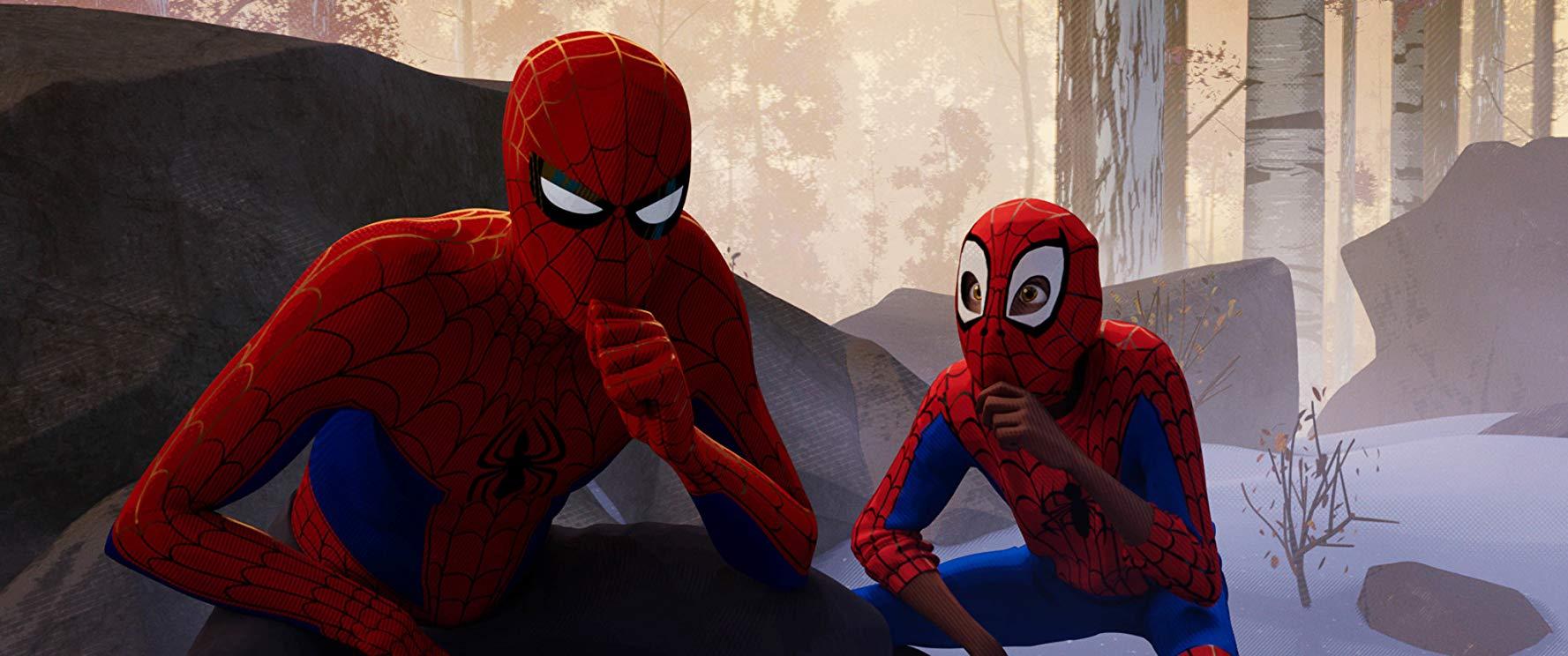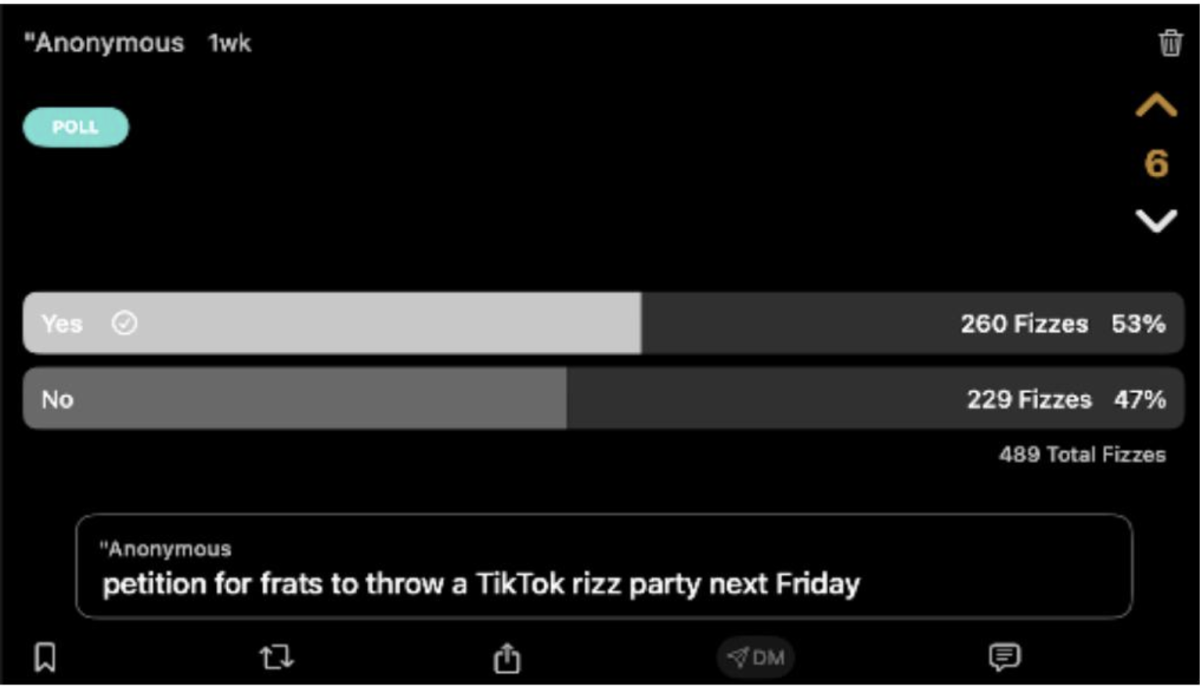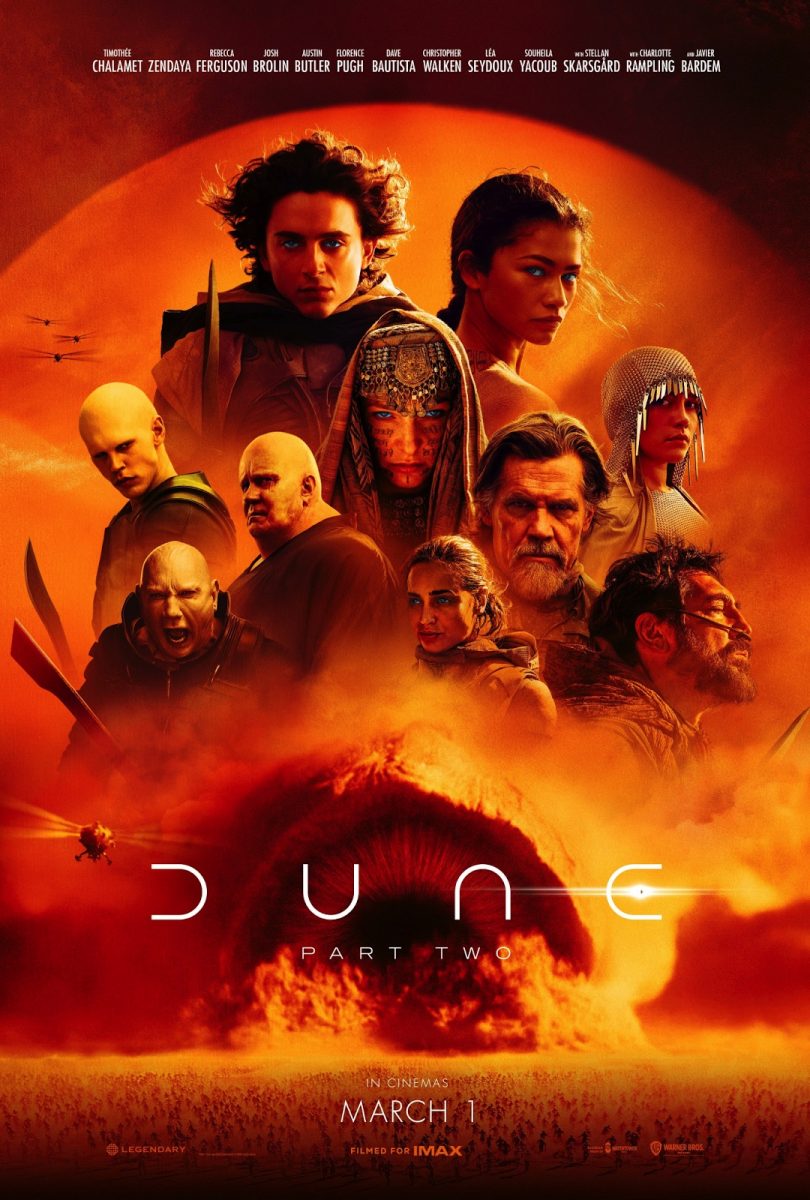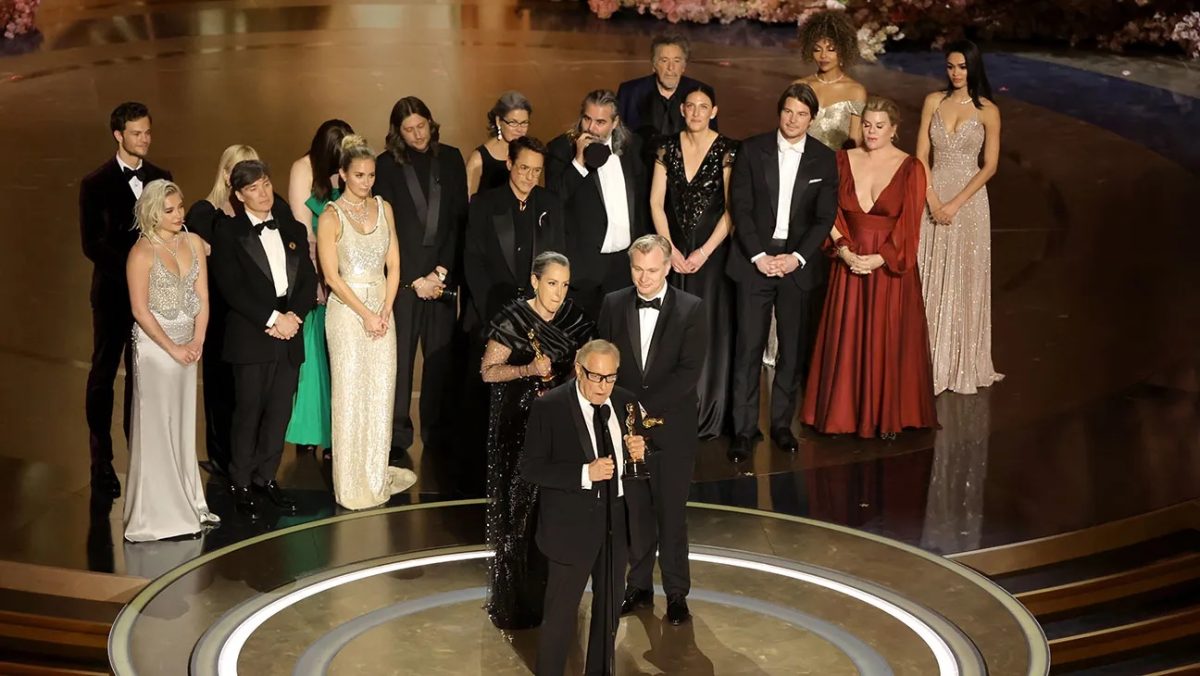In the early 1960s, comic books displayed only adults as the heroes that would perform perilous feats of heroism within the colored panels. This left the vast majority of their readership, children and teenagers, without a character with whom to identify. However, with the release of Amazing Fantasy #14 in 1962, Spider-Man drastically changed the landscape of comic books. Instead of a billionaire playboy or an alien messiah, Peter Parker was a poor teenager from Queens who was not born a hero.
For the first time, readers could identify with the day-to-day struggles of a superhero, from bullies to life at home, and see themselves in his shoes. Even the classic suit, which covers him from head to toe, allows the reader, regardless of race, to believe anyone could be behind the mask. Stan Lee and Steve Ditko’s, the creators of Spider-Man, idea of anyone having the capability to be a hero is the central theme behind the critically acclaimed Spider-Man: Into the Spider-Verse.
While moviegoers have no doubt become familiar with the Spider-Man story, with three separate actors filling the role in 17 years, Into the Spider-Verse offers a fresh look at what makes Spider-Man such a beloved character.
A key plot point of Into the Spider-Verse is the idea of multiple dimensions, and, as such, it takes place in an alternate version of New York City. While the classic Peter Parker does appear in the film, the focus is on Miles Morales: an alternate version of Spider-Man created in 2011. While Miles does mirror Parker in many ways, he offers a different take on the Spider-Man character. As an Afro-Latino teenager, Miles is faced with issues of identity and belonging that could not have been addressed in previous Spider-Man films.
The story follows Miles as he first gains his powers and must become a hero to thwart an interdimensional threat caused by the Kingpin, voiced by Liev Schreiber. While this review will not delve into story details to avoid spoilers, the threat of the film introduces the rich supporting cast of Spider-People from different dimensions. Each Spider-Person has varied personal animation styles, from the Looney Toons-esque Spider-Ham, voiced by John Mulaney, to the black and white Spider-Noir voiced by Nicolas Cage.
All of the various Spider-People play into the gorgeous animation of the film. From the use of Ben Day dots, an old method of coloring comic panels, to thought bubbles, the film feels like a comic book come to life. When this unique animation style is coupled with an original soundtrack, including music from Post Malone and Juice WRLD, it results in a film that feels both classic and entirely new.
Along with the visuals and soundtrack, the film offers a message that echoes the intentions of Lee and Ditko for a new generation. Peter B. Parker, voiced by Jake Johnson, encapsulates the message of the film saying, “what makes you different is what makes you Spider-Man.”
Despite complaints that Miles was simply created as a race-swapped version of Peter Parker for the sake of diversity, Into the Spiderverse allows Miles to shine as his own unique version of the classic character, furthering the message of Lee and Ditko that anyone can be Spider-Man.







